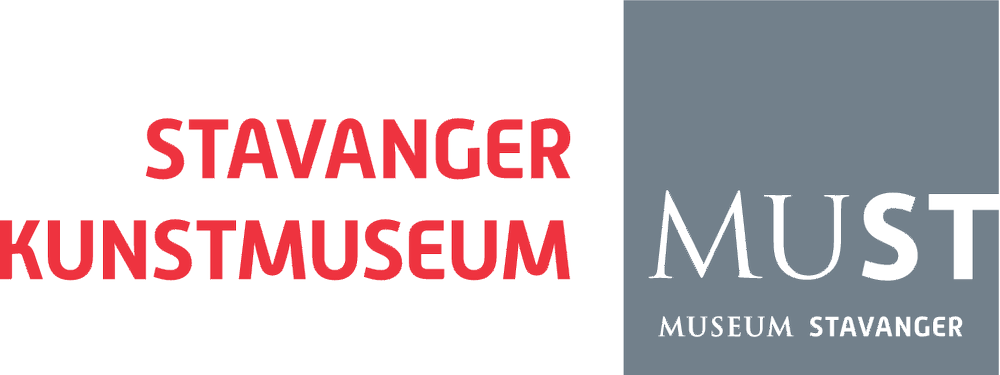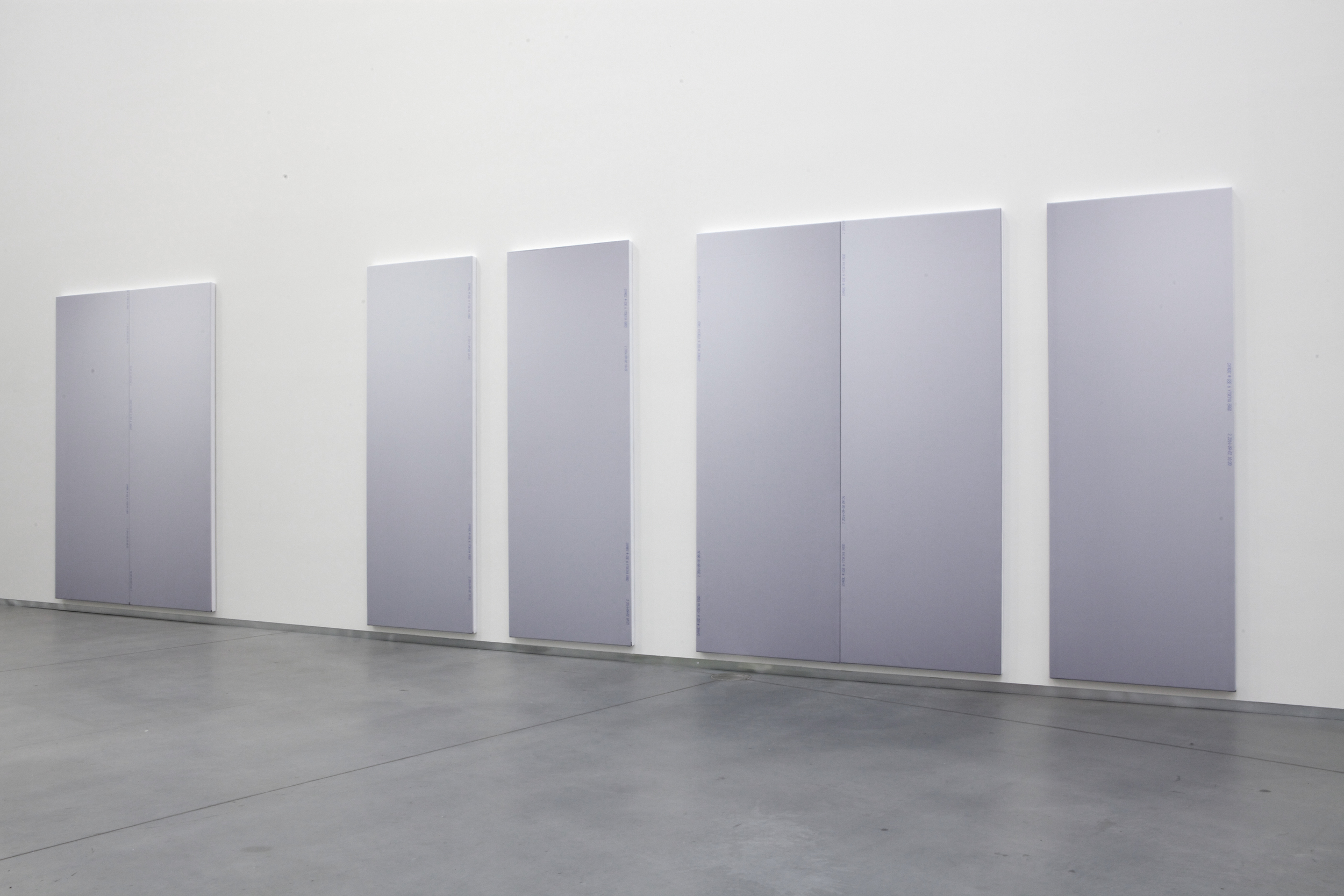Olve Sande
Born 1984, Bergen. Lives and works in Oslo.
Olve Sande’s studies within the fields of architecture and literature seem to have been decisive for his career as a visual artist and to form the starting point for many of the research questions he pursues in his art. The connection between architecture and literature run throughout large portions of his artistic practice, often materializing in purely abstract works. His interest in architecture is reflected in his use of standardized construction elements as his main artistic materials. In contrast to much object-based abstract art, Sande does not make most of his works in a studio. He both conceptualizes and materializes them in relation to the site where they will be exhibited. As part of the conceptual framework, he sets a number of limitations on the creation process. For the exhibition Outs in Paris in 2013, he created new works in a gallery space that was undergoing renovation. He restricted himself to using materials from the renovation project, more specifically, the fundamental elements necessary for building ‘the white cube’: plasterboard, spackle, painting felt and the like. Works that appeared to be pure monochrome paintings were created merely with building materials such as spackle. In his next exhibition, Suites, he continued using this minimal visual language but combined it with his literary interest. Sande’s starting point was the poet Jørn H. Sværen’s ability to express a great deal through simple means. Sande asked Sværen to draw diagrams over the windows in the rooms he would exhibit in, and this established the structural premises for the works Sande subsequently created. Works that initially resembled Abstract Expressionism’s drip paintings, were, on closer inspection, painting felt mounted on stretcher-board. Works that appeared as reductive grey monochromes were untreated plasterboard hung on the wall: the result was to make simple, mass-produced, industrial building materials appeared as meditative abstractions.
The theatre can be said to be the place where architecture and literature meet. Not surprising, then, is that Sande has delved into scenography. For the exhibition Laminate Works, he explored how it might be possible to create abstractions of architectural and physical materials for use in stage sets. His interest was in the story that is told when these abstracted materials are used as props. From painters at a theatre in Zürich, he learned a technique for painting stage flooring for plays such as Kafka’s Amerika and Frisch’s Stiller. Sande used these floor-abstractions both as readymade abstract paintings on which he could elaborate, and as an opportunity to use this technique to actually paint,which he never practiced before. This background knowledge – that is, the technical and conceptual work with scenography’s abstractions of architecture, and with using building materials such as plasterboard as found artistic material – is combined in the works Sande presents in NN-A NN-A NN-A. In Plasterboard Flats(2015), he steps back from the use of building materials as abstract readymades. On a theatre stage-set, the use of actual plasterboards would be impossible due to how tremendously heavy they are. After discussing with scenographers at the National Theatre in Oslo, Sande found a way to present the illusion of plasterboard. The solution inspired the artist’s use of plasterboard towards a great abstraction of its physical character. He photographed the plasterboards, then printed the photos on cloths and mounted them on aluminium frames. The choice of the word flats in the title leads our thoughts both to small dwellings in the British sense, and to plasterboard being a basic building material for constructing rooms inside such flats. Meanwhile, flats can also refer to the process of flattening, which the artists has done through using photography and abstraction. Finally, the word is also used in the theatre to describe the standardized stage elements one uses when building spatial constructions on a stage. The way in whichPlasterboard Flats’ panels are composed on the wall can also hold references to works by the American modernist Barnett Newman, thereby underscoring Sande’s interest in the strength of severely limited artistic devices and strategies.
Text by: Therese Möllenhoff




